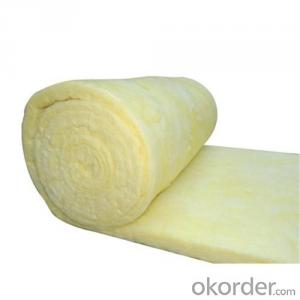Metal roofing is a popular choice for homeowners and builders alike due to its durability, longevity, and energy efficiency. However, one aspect that often gets overlooked is the insulation of metal roofs. Insulation is crucial for maintaining a comfortable indoor temperature and reducing energy consumption. In this article, we’ll explore various metal roofing insulation materials and discuss how they can protect your home.
The Importance of Insulation
Before diving into the different types of insulation materials, it’s essential to understand why insulation is vital for metal roofs. Metal, being a good conductor of heat, can absorb and transfer heat quickly. Without proper insulation, your home can become uncomfortably hot during the summer and cold during the winter. Insulation helps to mitigate these temperature fluctuations and keeps your living space comfortable year-round.
Types of Insulation Materials for Metal Roofs
There are several insulation materials available for metal roofs, each with its own set of benefits and drawbacks. Let’s take a closer look at some of the most common options:
1. Fiberglass Batts
Fiberglass batts are a popular choice for insulation due to their affordability and ease of installation. They are made from tiny glass fibers that are bonded together and come in various thicknesses. Fiberglass batts are effective at trapping air and preventing heat transfer. However, they can be itchy and irritating to work with, so proper safety precautions should be taken during installation.
2. Spray Foam Insulation
Spray foam insulation is another option that offers excellent thermal performance. It is made by mixing two chemicals that expand and harden when applied. This insulation material creates a seamless air barrier, providing superior insulation and preventing air leaks. While it is more expensive than fiberglass batts, the long-term energy savings can offset the initial cost.
3. Rigid Foam Board Insulation
Rigid foam board insulation is made from polystyrene or polyisocyanurate and is known for its high R-value per inch. This material is denser and more rigid than fiberglass batts, making it suitable for areas with limited space. It is also resistant to moisture, which can be beneficial in humid climates. However, it can be more challenging to install and may require specialized tools.
4. Mineral Wool Insulation
Mineral wool insulation is made from natural or recycled materials, such as rock or slag, and is known for its excellent fire resistance and sound absorption qualities. It is less common for metal roofs but can be a good option for those looking for an eco-friendly insulation material. Mineral wool insulation can be more expensive than other options but offers a unique set of benefits.
Factors to Consider When Choosing Insulation
When selecting the right insulation material for your metal roof, there are several factors to consider:
– Thermal Performance: The R-value of the insulation material indicates its thermal resistance. A higher R-value means better insulation.
– Cost: Insulation materials vary in price, so it’s essential to consider your budget when making a decision.
– Ease of Installation: Some insulation materials are easier to install than others, which can impact the overall cost and time required for the project.
– Moisture Resistance: In areas with high humidity or frequent rainfall, moisture-resistant insulation materials are crucial to prevent mold and mildew growth.
– Fire Resistance: For safety reasons, it’s important to choose an insulation material with good fire resistance properties.
– Eco-Friendliness: If you’re environmentally conscious, you may want to opt for insulation materials made from recycled or natural materials.
Installation Tips for Metal Roof Insulation
Proper installation is crucial for the insulation material to perform effectively. Here are some tips to ensure a successful installation:
– Seal All Gaps: Make sure to seal all gaps and seams in the metal roof to prevent air leaks and ensure optimal insulation performance.
– Use Proper Support: Depending on the insulation material, you may need to use supports or fasteners to keep the insulation in place.
– Ventilation: Proper ventilation is essential to prevent moisture buildup and maintain the integrity of the insulation material.
– Professional Help: If you’re unsure about the installation process or if you’re working with a more complex insulation material, it’s always a good idea to consult with a professional.
Conclusion
Metal roofing insulation is an essential aspect of maintaining a comfortable and energy-efficient home. By understanding the different types of insulation materials and considering the factors mentioned above, you can make an informed decision on the best option for your metal roof. Remember, proper installation is key to ensuring the insulation material performs as intended and provides long-lasting protection for your home.

